Our experts can help you
realize your ambitions in space
Arianespace offers flexible, tailor-made launch campaigns to ensure the best possible conditions when placing satellites in orbit for all its institutional and commercial customers. As the main point of contact for our customers, a project manager is appointed to each mission, to provide personalized support at every stage of the campaign to to delivery into orbit.
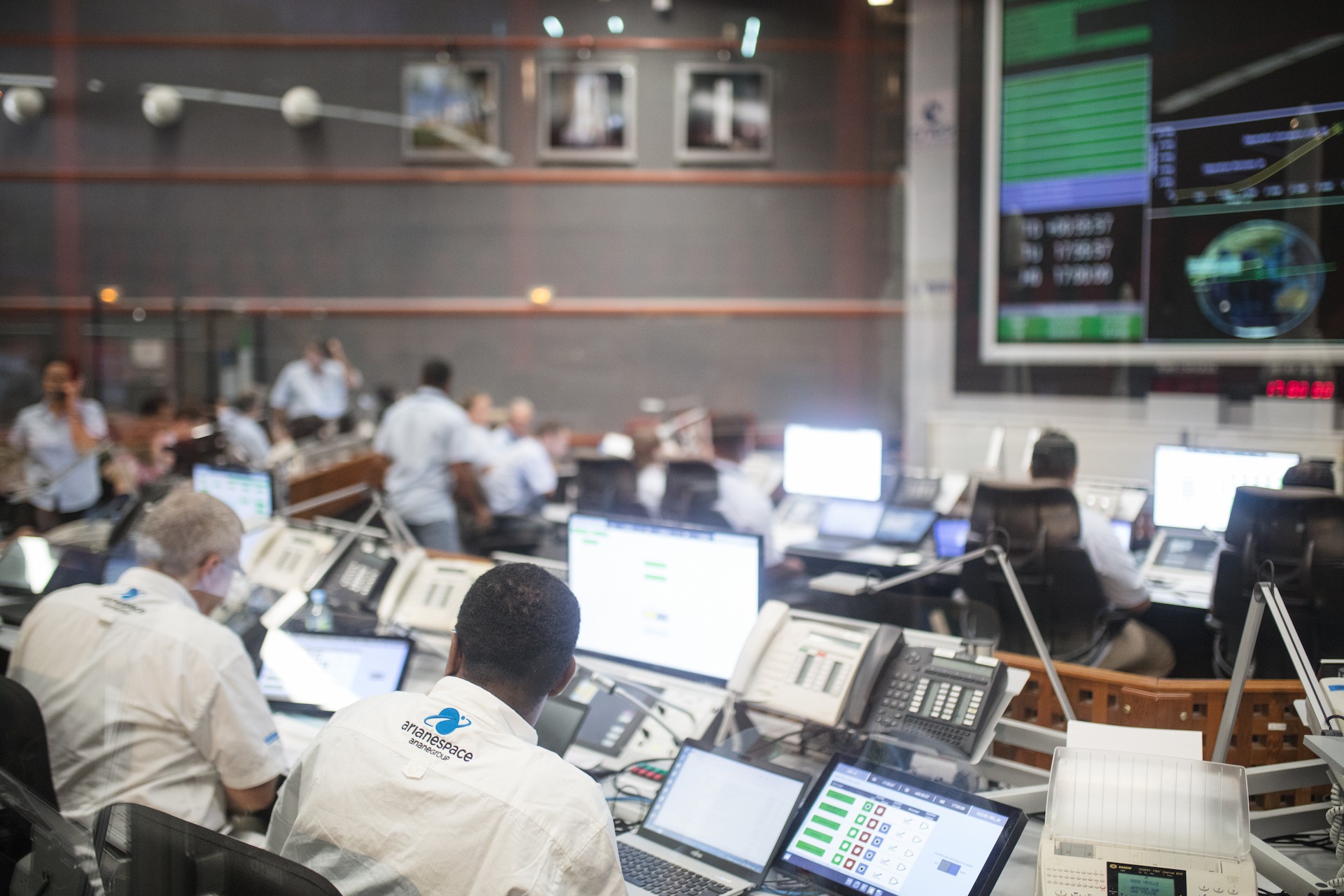
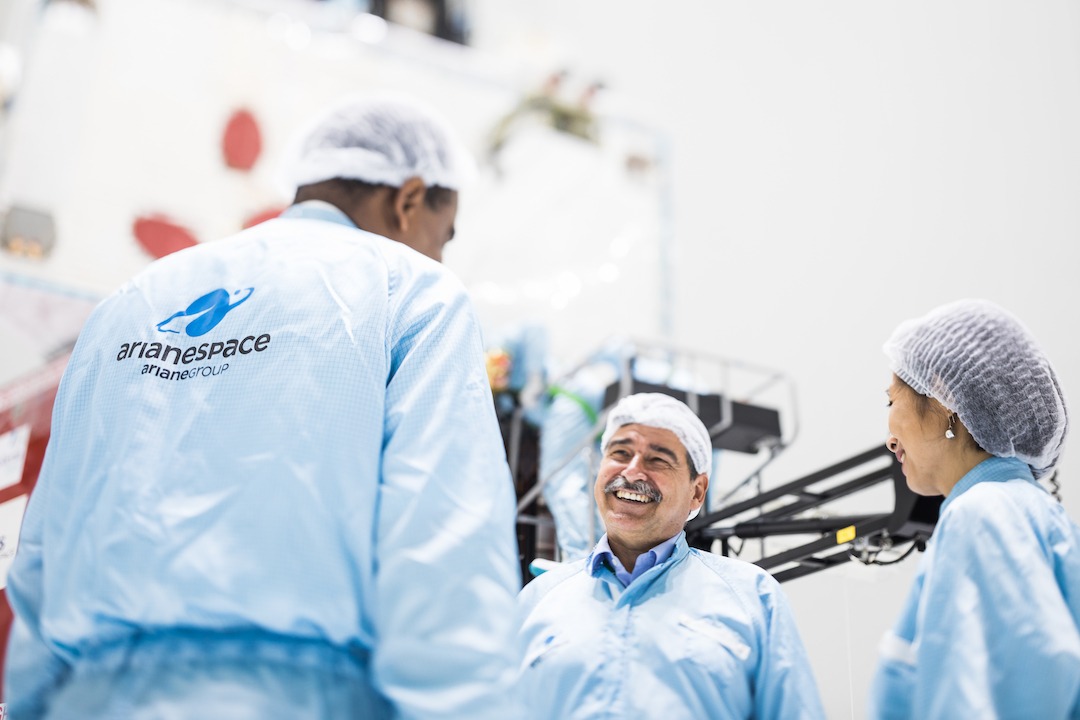
Our commitment is based on four essential pillars, namely personalized support, close contact, flexibility and tailor-made solutions. Each of these pillars embodies our expertise and dedication to providing optimized launch solutions that are tailored to the specific needs of each customer, ensuring that every space mission is successful.
Personalized support
We offer each customer personalized support. Each mission is a unique adventure, developed closely with our teams of passionate experts. We understand the specific requirements of our partners and are committed to exceeding their expectations at every stage, from design through to launch. Drawing on our proven expertise, we deliver solutions tailored to the needs of each customer.
Close contact
Close contact with our customers is a fundamental principle. We offer tailor-made support at every stage of their space projects. Our dedicated teams work closely with each partner to understand and anticipate the specific needs of each mission. This privileged relationship allows us to deploy a high degree of responsiveness to match the needs of our institutional and commercial customers.
Flexibility
Flexibility is at the heart of our service offering. Launch campaigns are designed to meet the specific requirements of each customer. Our experts regularly analyze payload integration conditions and optimize each mission based on technical developments in satellite technology. Until the final days before lift-off, we can adjust the launch conditions to ensure that they seamlessly match the needs and technical constraints of each mission.
Tailor-made
We offer a tailor-made solution for every launch. Our experts deploy a vast catalogue of services and have a detailed understanding of their customers’ needs. Working closely alongside them, they analyze the issues and optimize every aspect of the launch campaign. This level of customized support guarantees optimized integration conditions for your satellites.
Customer support at every stage
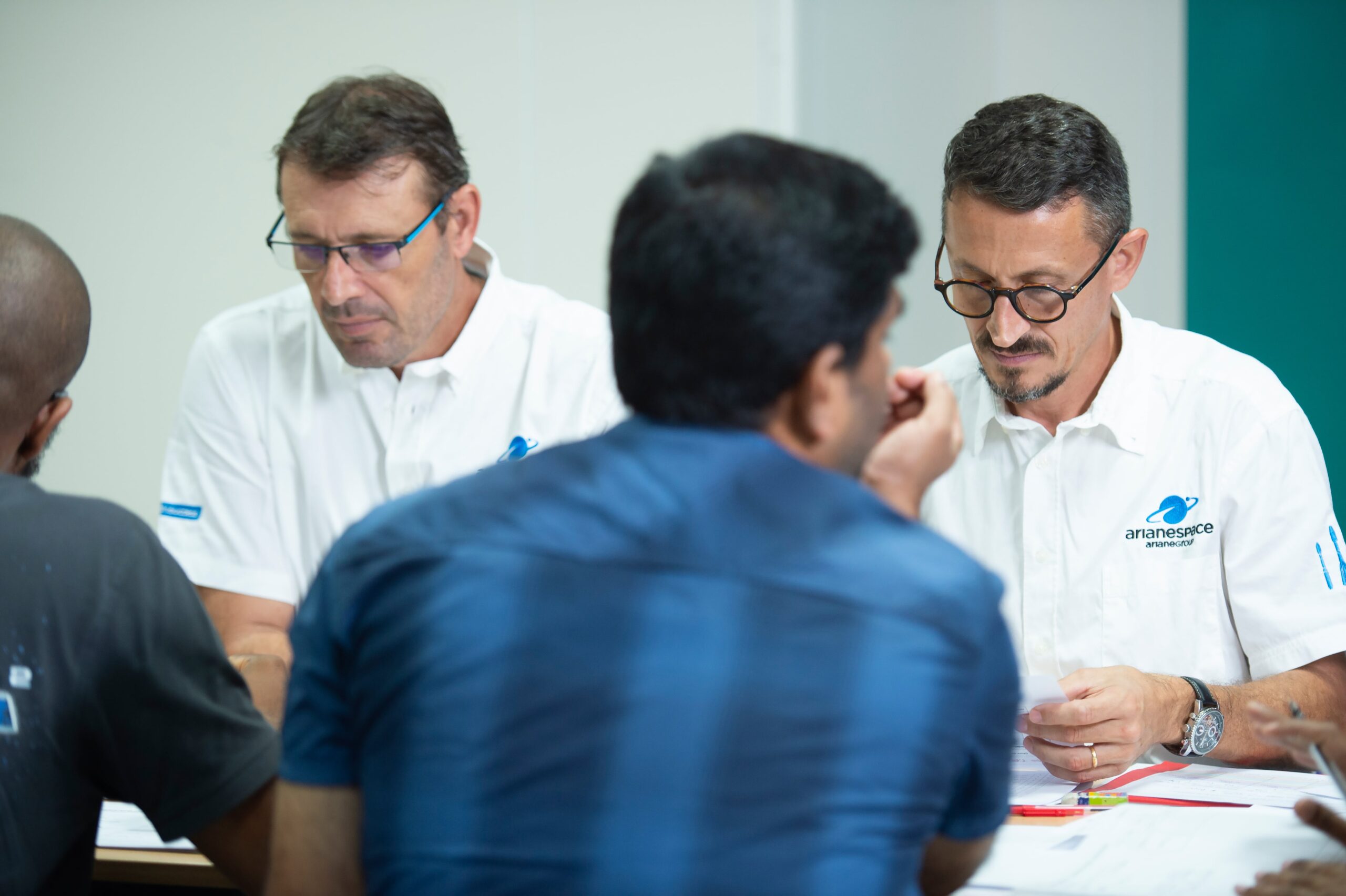
Each launch mission is planned and executed to ensure its success. We provide comprehensive personalized support for our customers from the moment the contract is signed to the moment the satellite is placed in orbit. To ensure our institutional and commercial customers are able to complete their space missions successfully, the Arianespace financial department assists in obtaining the financing required for their launch campaign and in selecting insurance to protect their satellite until it is placed in orbit.
1. Single point of contact

Once the contract has been signed, a project manager is appointed as the single point of contact for the customer. They respond to all questions, coordinate contractual activities in accordance with the specifications (SoW), and ensure compliance with the launch schedule. They also support the customer in resolving any problems encountered during the assignment and provide assistance throughout the launch campaign, ensuring smooth communication and effective project management.
2. Mission analysis

Both a preliminary and a final mission analysis are carried out. These analyses confirm that the satellite is compatible with the launcher and identify points requiring further investigation. The project manager and their customer conduct these analyses to ensure that the satellite is perfectly compatible with the launcher environment. Our experts carry out in-depth studies and make any adjustments required, ensuring the safety and reliability of the project.
Our analysis process is divided into two phases. The first phase enables us to identify and resolve compatibility issues between the launcher and the satellite from the outset. This gives us the opportunity to focus our efforts on potential challenges and develop innovative solutions to ensure mission success.
3. Mission specification
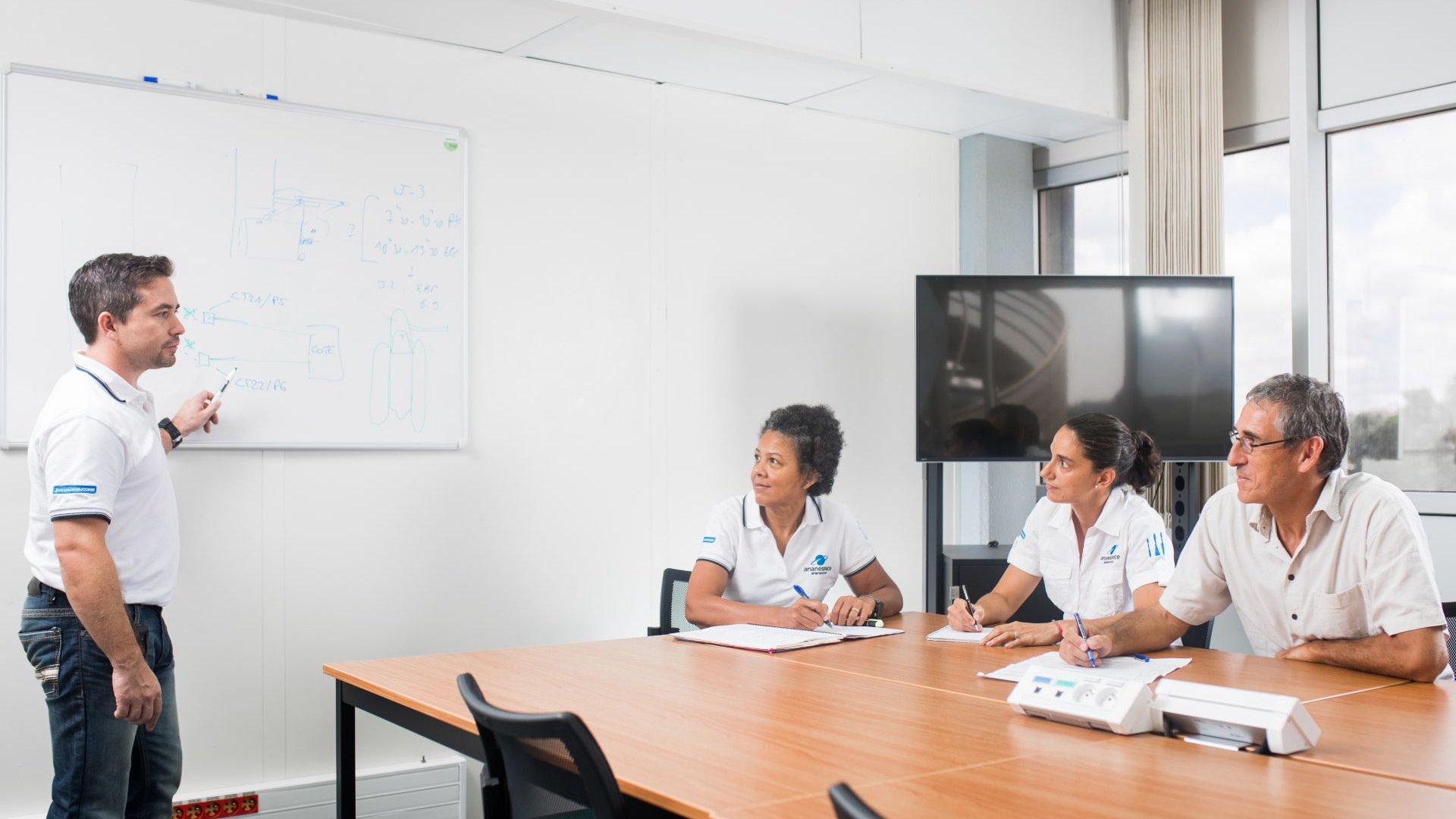
The mission specification is drawn up to generate the final analyses and the flight program. This document is essential to ensure the technical requirements are aligned with the mission objectives. Our experts run multiple simulations to identify the best launch combinations to match the needs of all our customers. This stage is crucial to optimizing resources.
The mission specification is fundamental. It serves as the keystone to ensure that each launch meets the specific expectations of our customers. We continually adapt our organization and configurations to ensure the mission is aligned with the evolving needs of our customers.
4. Construction of the support structure
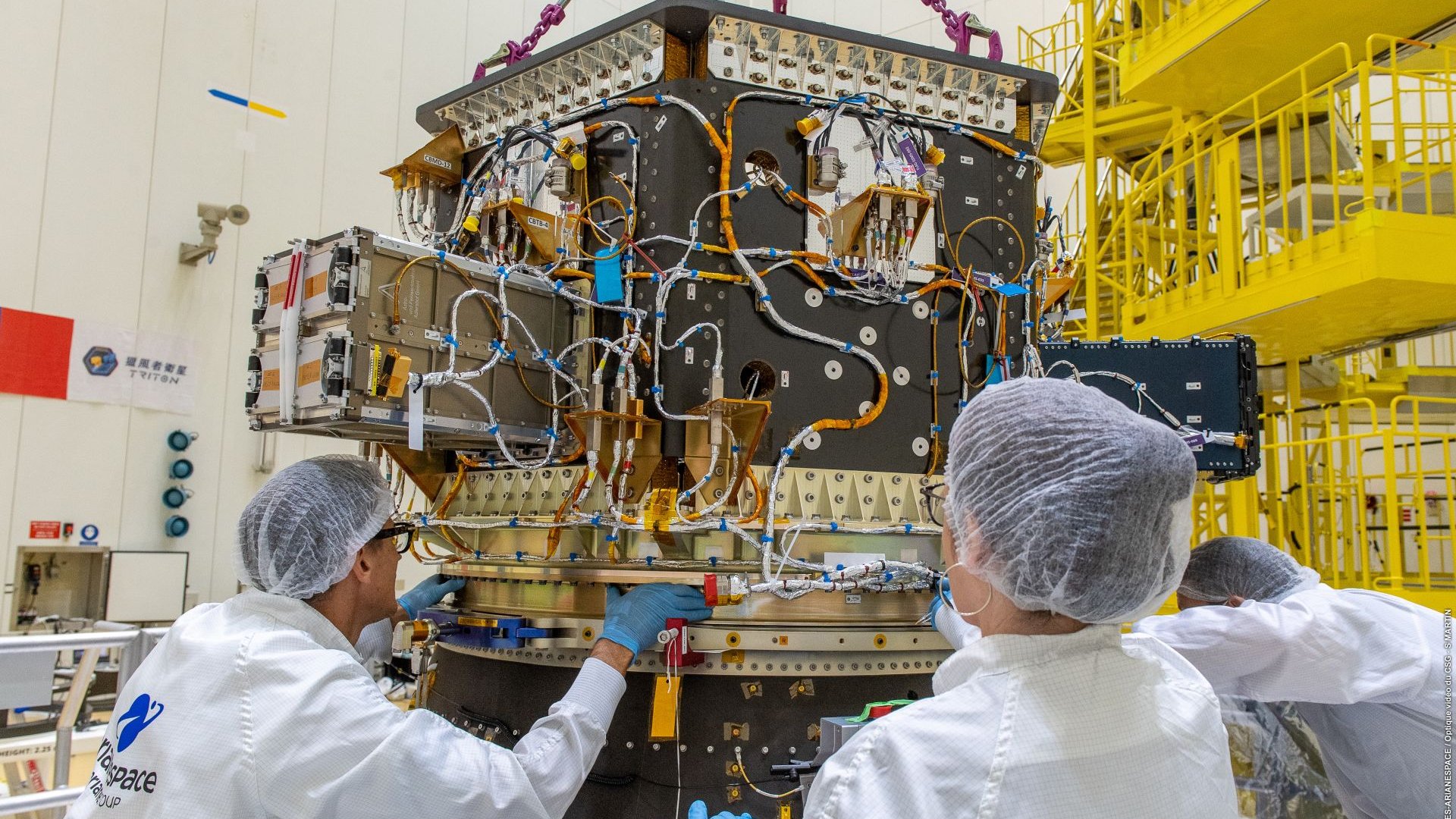
Once the compatibility tests are validated, Arianespace will handle the construction of the mission-specific adapter, a support structure that interfaces with the satellite. This adapter is designed according to the size, mass, and format of the satellite, as well as the type of launch (dedicated, piggyback or rideshare). For multiple separations, the PAD (Payload Adapter) is built according to the position of the satellites, ensuring seamless, secure integration.
5. Preparation of the launch campaign
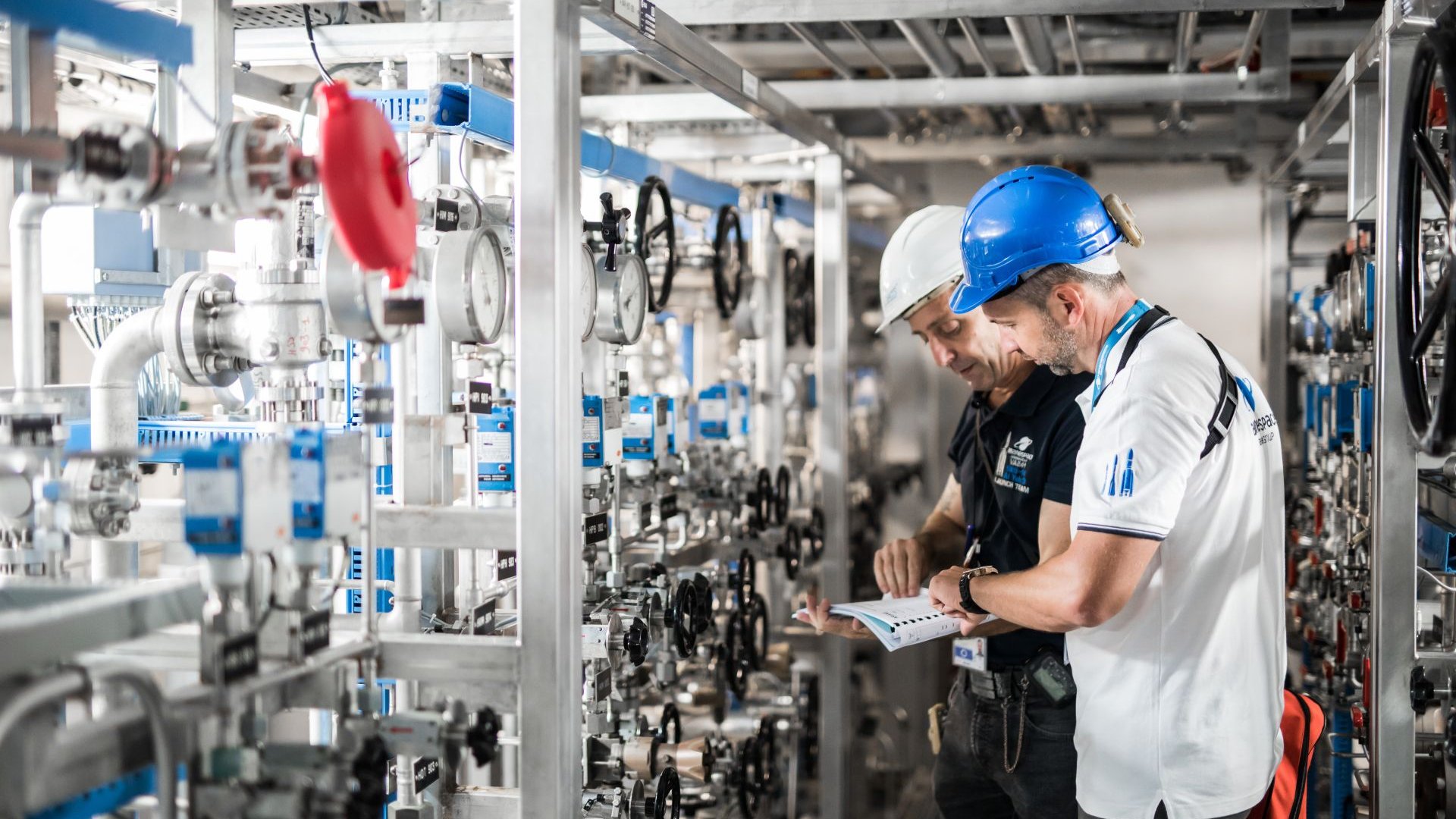
About a year before launch, representatives from Arianespace, CNES, the CSG and the customer meet at the Guiana Space Center in Kourou to conduct a “Site Survey”. This stage involves a tour of the facilities, an assessment of the strengths and limitations of the site, and validation of the operations plan ahead of the launch. These meticulous preparations are punctuated by several coordination meetings involving the customer, to ensure that all the conditions are in place for a successful launch based on the specific requirements of the mission.
6. Satellite compatibility file
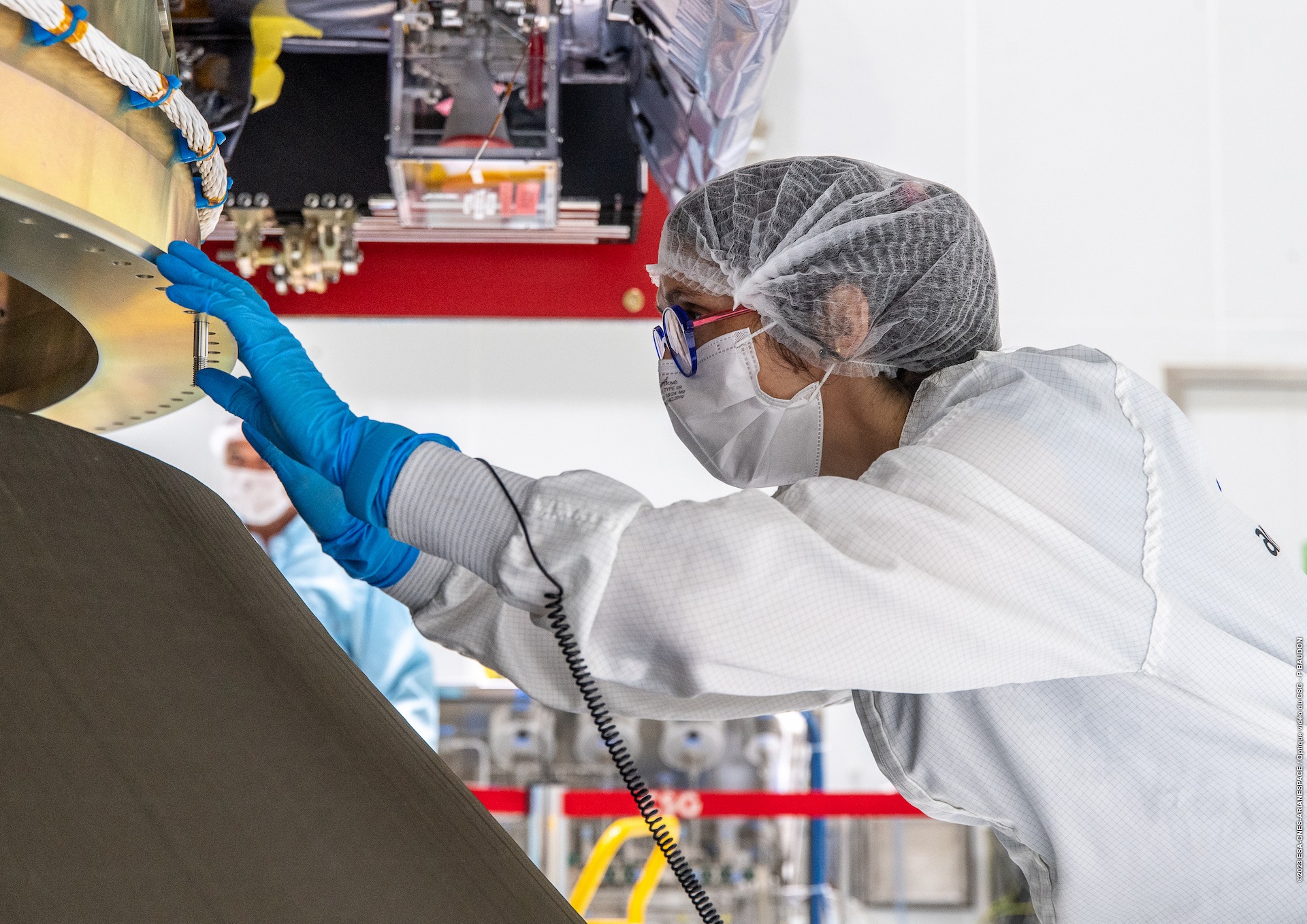
Arianespace produces a satellite compatibility file for the launcher environment, covering all aspects of integration and mission constraints to ensure that the satellite can withstand launch conditions. Several months before the launch, the project managers finalize satellite data to validate the final launcher configuration with technical experts, ensuring that integration is compliant.
The systems engineering and data management team provides overall technical coordination, while other departments focus on validating mechanical and electrical interfaces, alongside satellite qualification for flight environments.
7. Deployment of the launch campaign
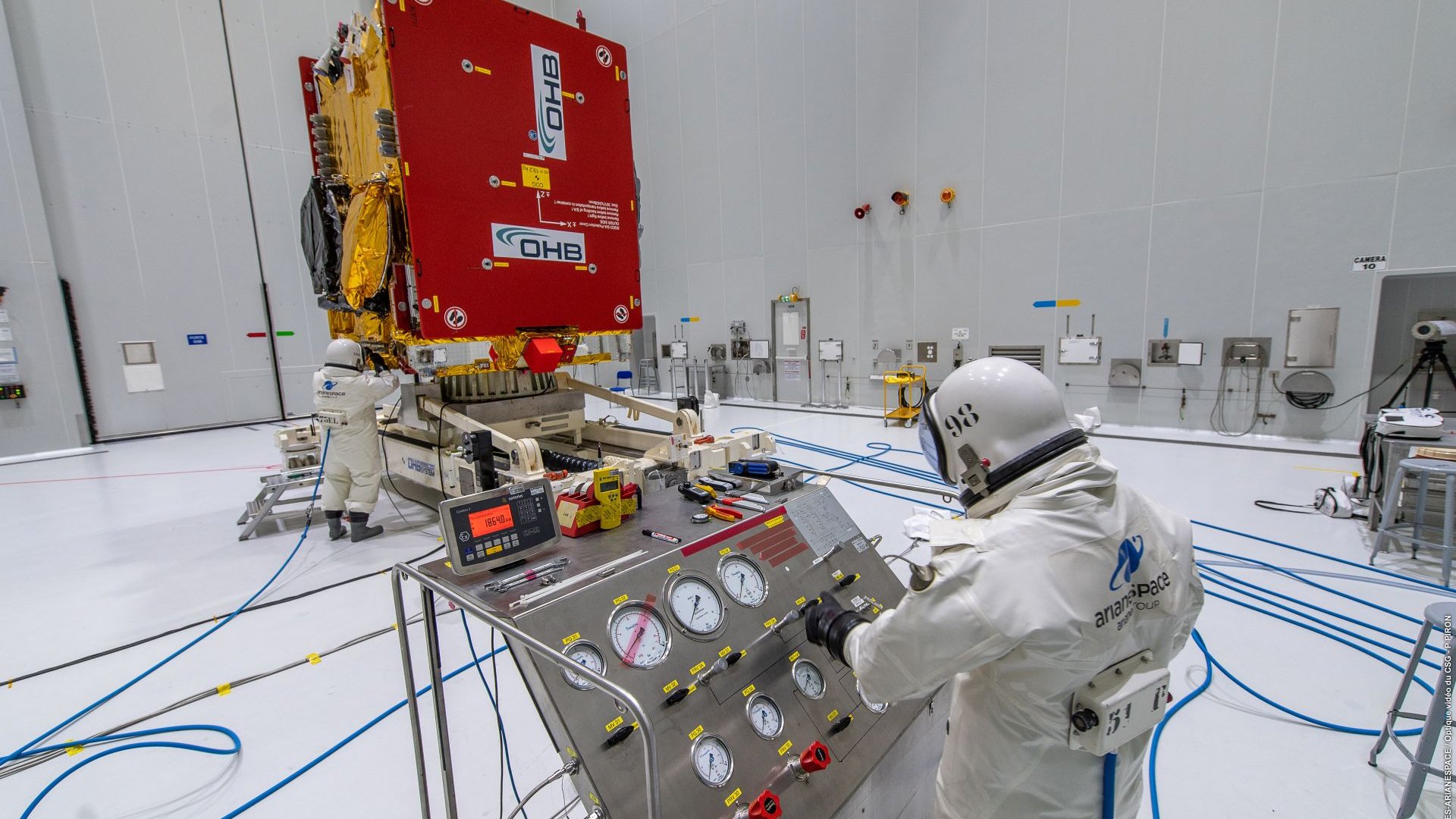
One month before the launch, Arianespace finalizes the campaign schedule, satellite and launcher constraints, as well as operations at the Kourou base. The campaign manager hosts all participants to confirm the safety tasks and the final flight plan. Each stage is meticulously monitored to ensure that all the conditions are optimized for a successful launch into orbit.
We provide the best launch solutions by continually adapting to our customers' needs. Even during the launch campaign, we need to be able to adapt to evolutions in the client's satellite.
8. Logistics support
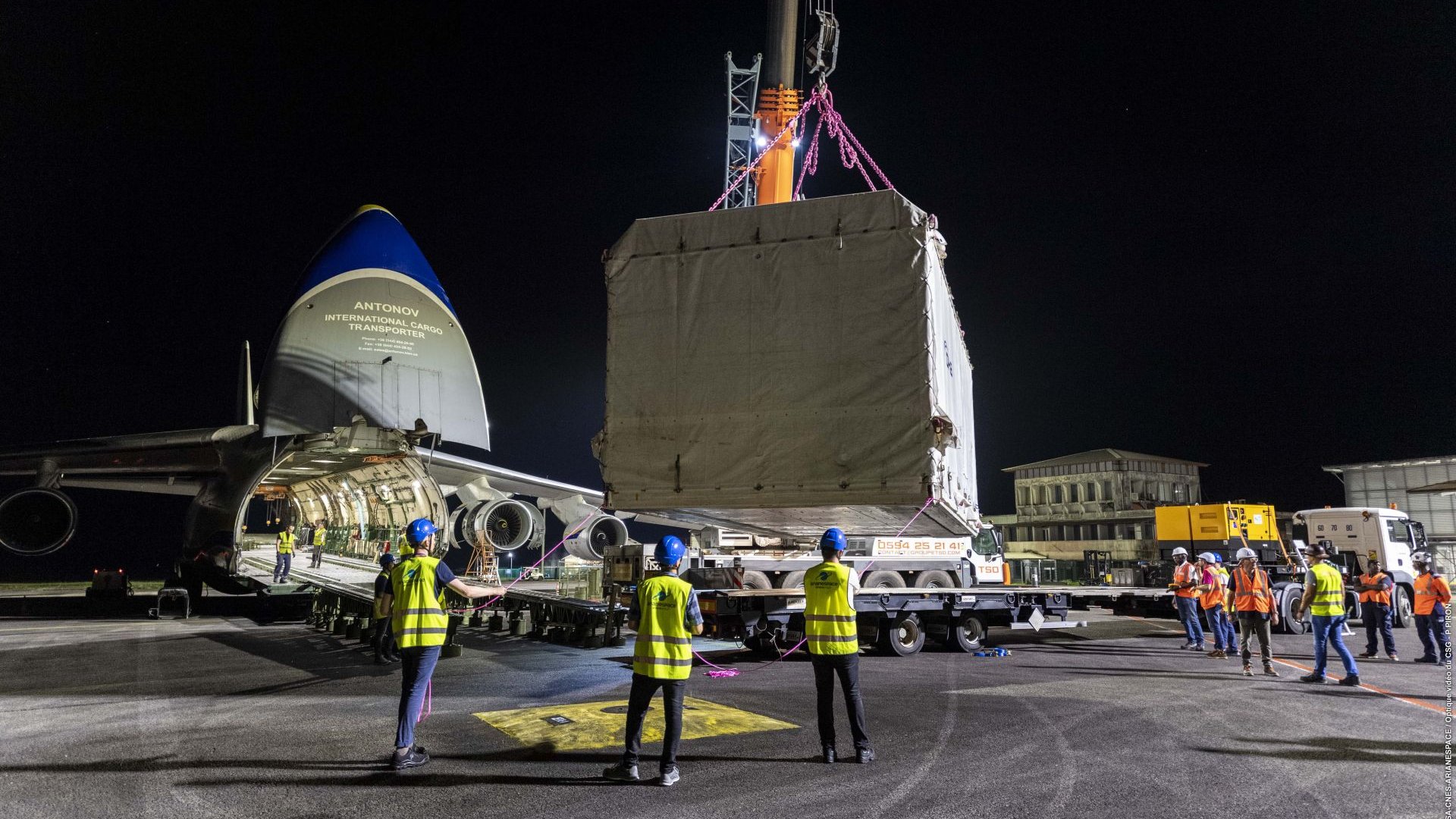
Arianespace provides full logistical support for transporting the satellite to the Guiana Space Center (CSG), including transport coordination, customs clearance and on-site logistics. Our experts supervise every stage, from the production plant through to integration under the launcher fairing, ensuring a smooth and safe transition to the CSG. This logistics support is vital to the smooth execution of the mission and customer satisfaction. The payloads are placed in ISO (International Organization for Standardization) containers and can be transported in an Antonov aircraft by IATA (International Air Transport Association) qualified technicians or using the Canopée cargo ship, where technicians can perform maintenance operations using appropriate equipment throughout the journey.
“Our philosophy at Arianespace is to be as close as possible to our customers, so that logistics are not an obstacle for them. We have over 30 years of experience in transport and customs clearance to French Guiana. If our customer so desires, we can take care of everything.
9. Flight results
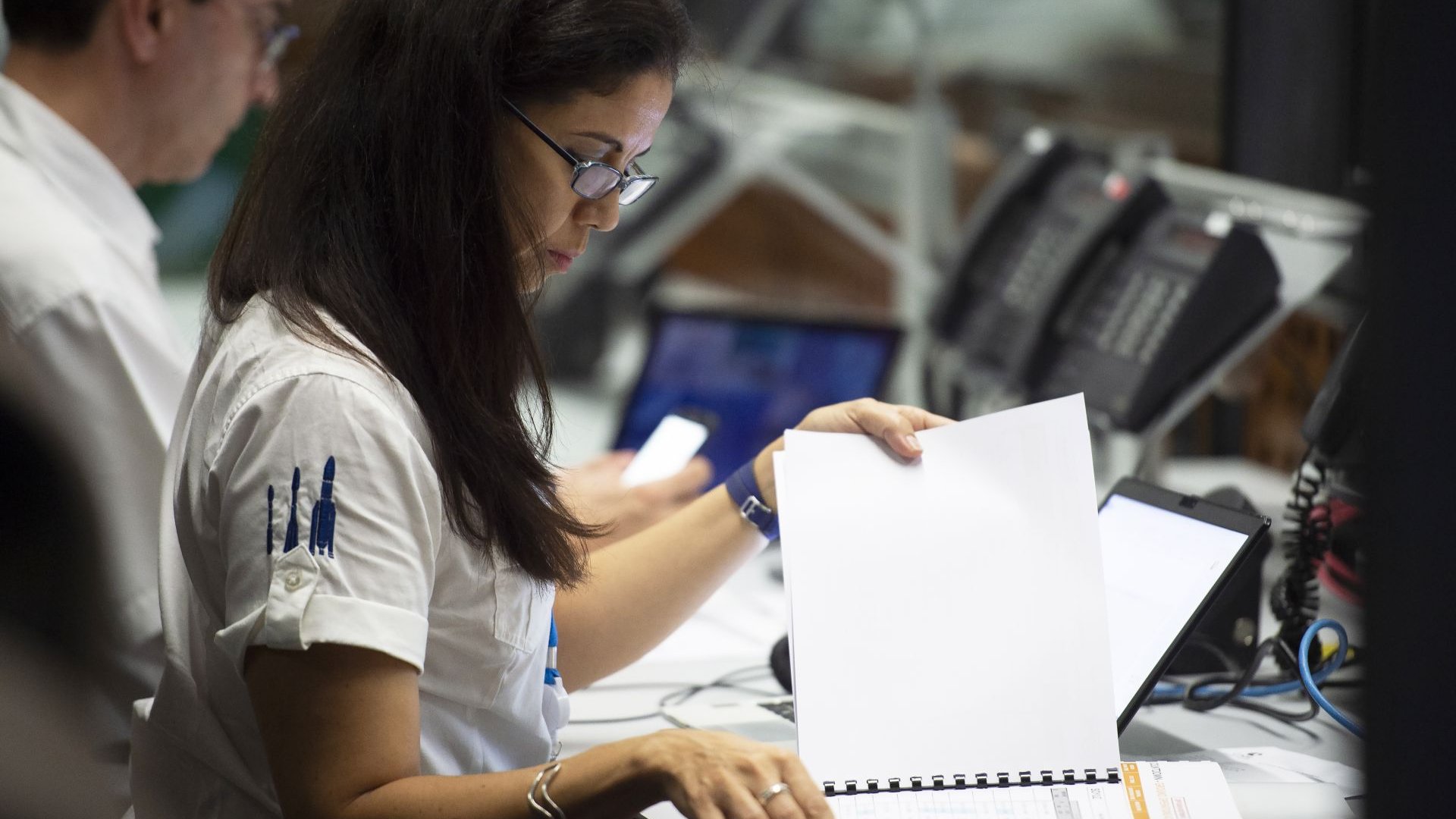
The day after launch, Arianespace presents the customer with the flight results obtained from the launcher telemetry systems. This stage demonstrates the success of the mission by providing precise data on the performance of the launch and the placement of the satellite in orbit. One to two months after the launch, the project manager provides a post-launch evaluation file with details of launch compliance and any anomalies detected, ensuring total transparency and enriching feedback.
Every launch is an opportunity to learn and to improve our performance models. For example, customer feedback on matters such as Ariane 5’s injection precision has been incorporated to fine-tune future missions.
Flagship missions
James Webb Space Telescope
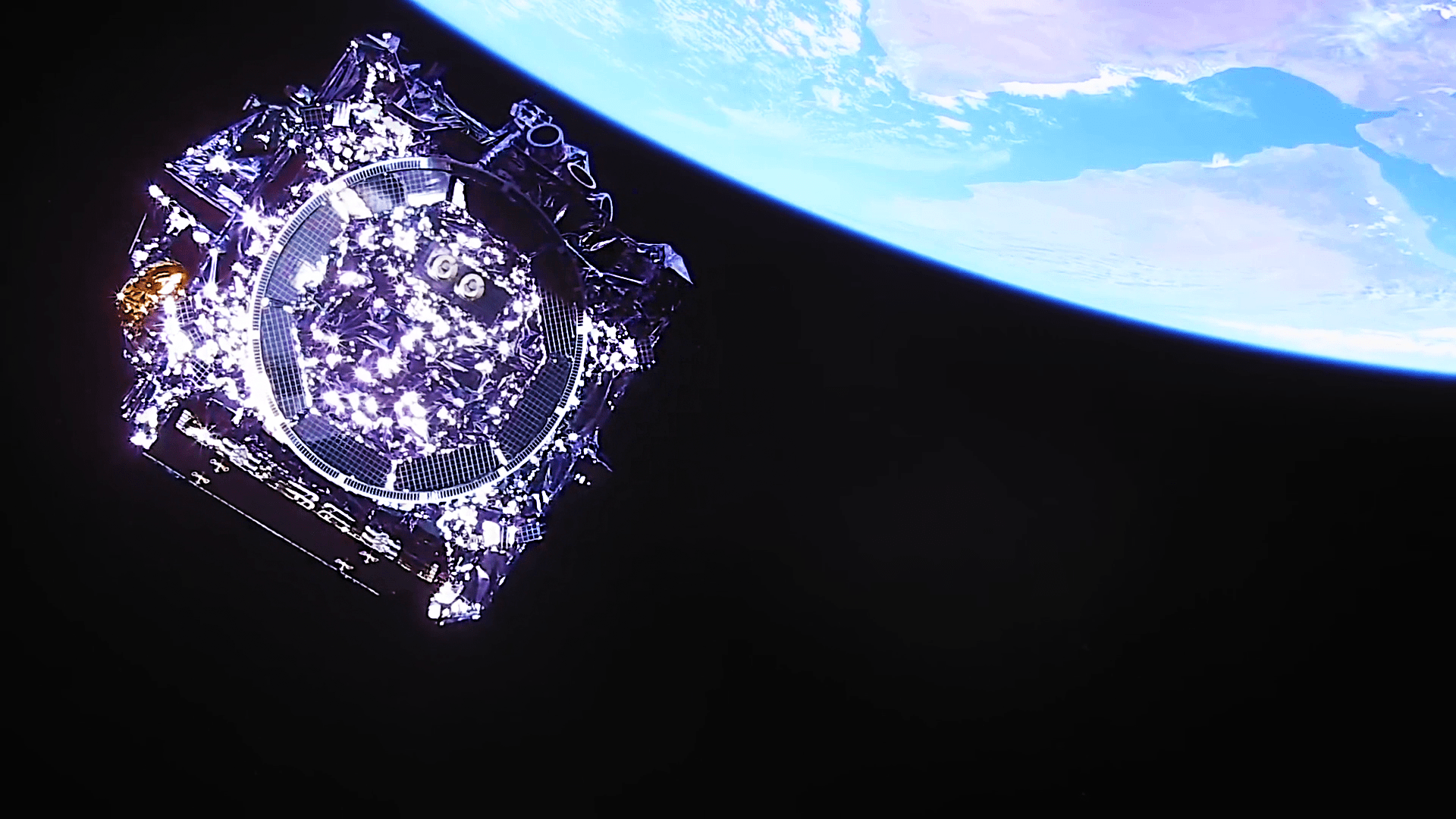
The launch of the James Webb Space Telescope posed a number of challenges for the Arianespace teams, not least of which was the precision required to inject it into its mission orbit at the Lagrange 2 point. To ensure the precise injection of the JWST into its mission orbit, our teams worked with ESA and NASA, adapting the Ariane 5 fairing to the satellite’s volume, so as to optimize its storage and separation. Meticulous calculations were made right up to the last minute to adjust the flight parameters, reducing disruption and saving fuel, to ensure the satellite was placed in optimum orbit.
The precision of the JWST injection and the work carried out by the teams in the run-up to launch enabled us to double the satellite’s lifetime. Every step of the launch campaign was meticulously utilized to minimize constraints. The satellite technologies were preserved throughout the flight, and we used cameras to observe the solar panels opening correctly, to ensure that the JWST was working as intended.
OneWeb
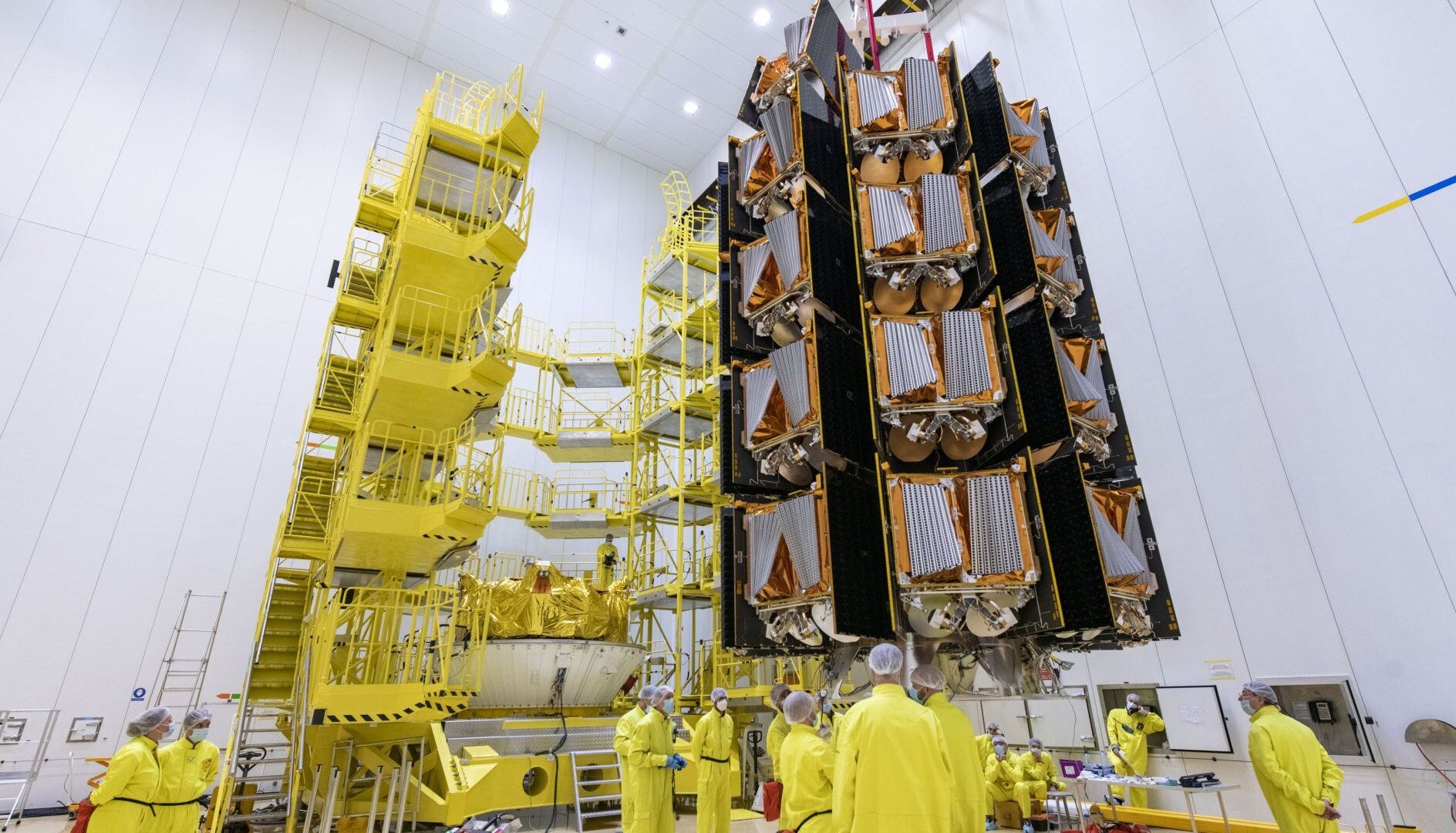
Deploying a constellation of satellites like OneWeb requires regular and precise injections to ensure the network is fully operational. Each satellite needs to be precisely positioned to ensure the continuity and efficiency of the satellite formation. To deploy the OneWeb constellation, Arianespace scheduled monthly launches capable of placing up to 36 satellites in orbit on every launch, using the SMART dispenser system. These launches were made from the Guiana Space Centre (CSG). A dedicated team of technicians from Eutelsat and Arianespace was created to overcome every constraint and ensure the constellation was deployed under the best possible conditions. This organization has enabled us to maintain a steady pace of launches and respond effectively to the logistical and technical challenges.
The deployment of the OneWeb constellation was a flagship mission for Arianespace. Our ability to transport up to 36 satellites on each launch and the intelligent dispenser meant that we were able to meet the high standards specified by our customer. This mission demonstrated our commitment and expertise in satellite launches.
Galileo
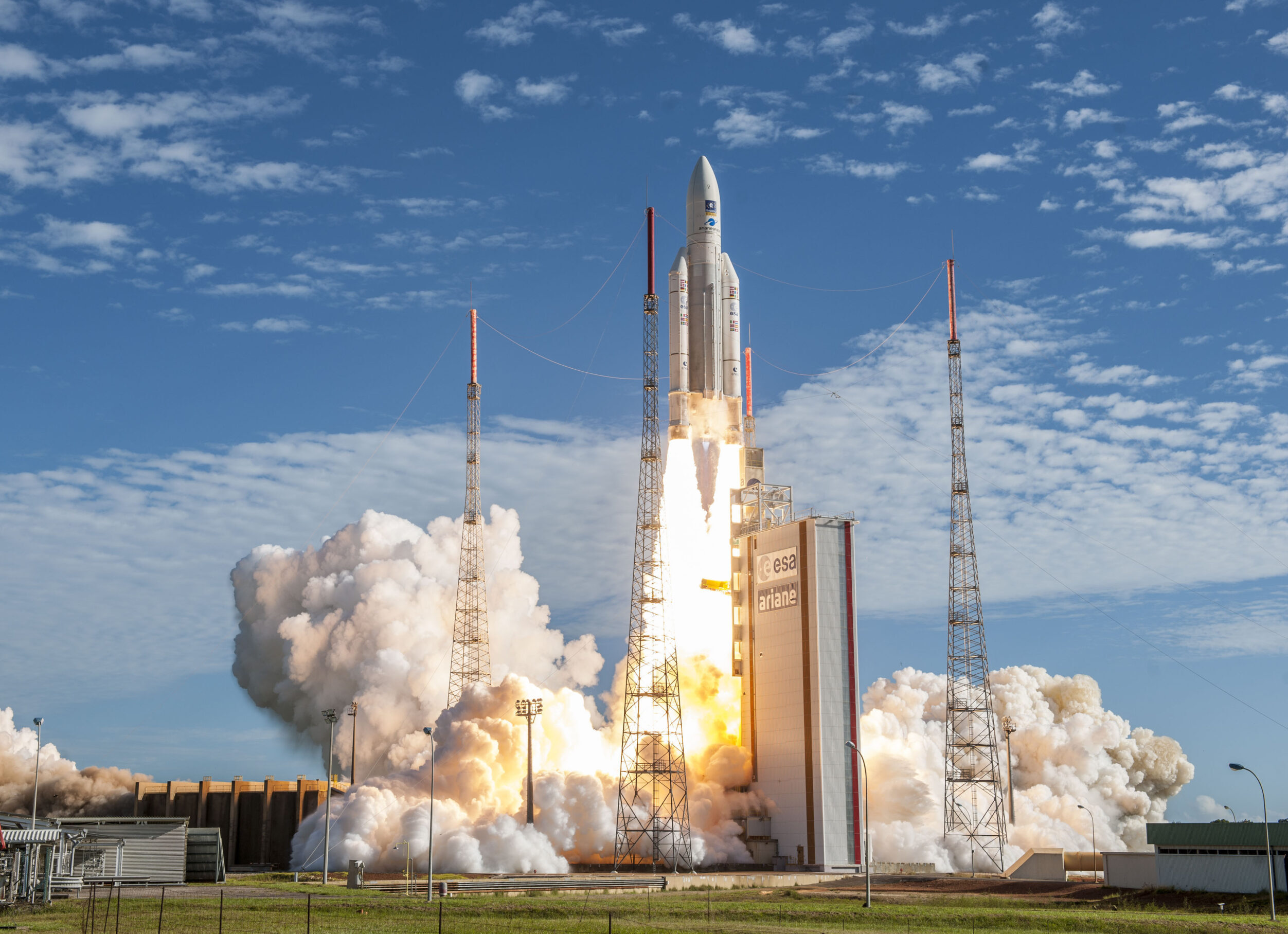
Galileo is Europe’s flagship space program. Three launches were carried out using the specially adapted version of Ariane 5ES. The Arianespace team of Galileo specialists put in a great deal of expertise at all levels, on both the launcher and satellites, to ensure successful flights in this launcher format.
“As the Galileo Project Manager, I have had the honor of overseeing all the launches for this mission since 2015. The Galileo navigation system is now used by billions of users around the world and is the most accurate in the world. It enables Europe to be totally autonomous.
Our experts ensure the success of all your space missions, through our ability to launch any mass into any orbit, alongside a broad range of launch solutions. Find out more about our rigorous, tailor-made approach to the emblematic missions carried out by Arianespace.